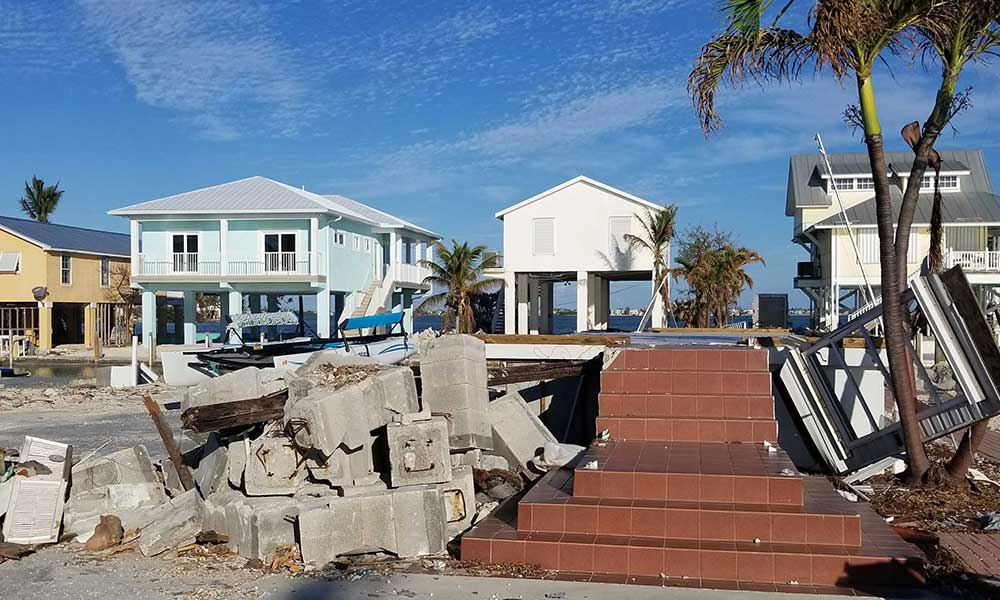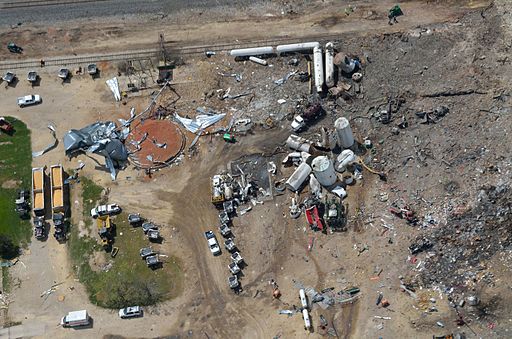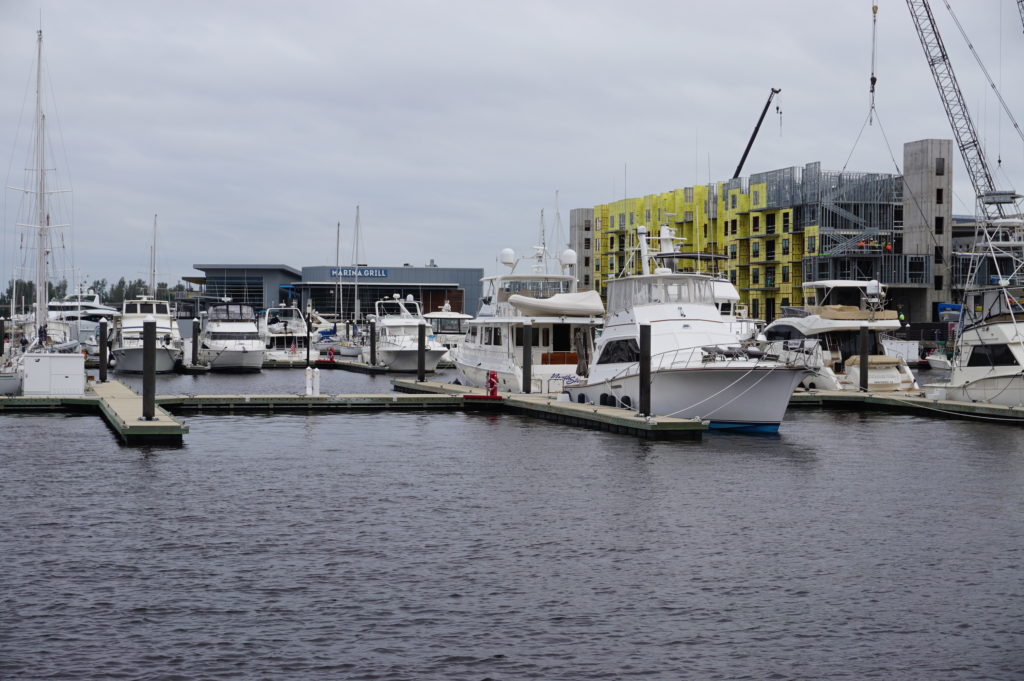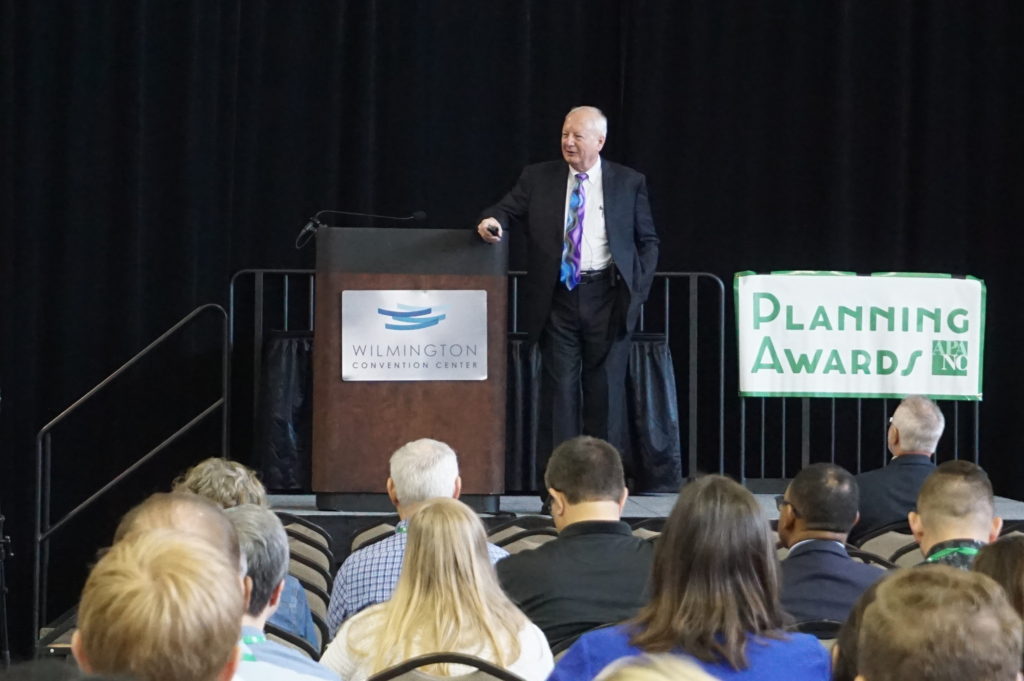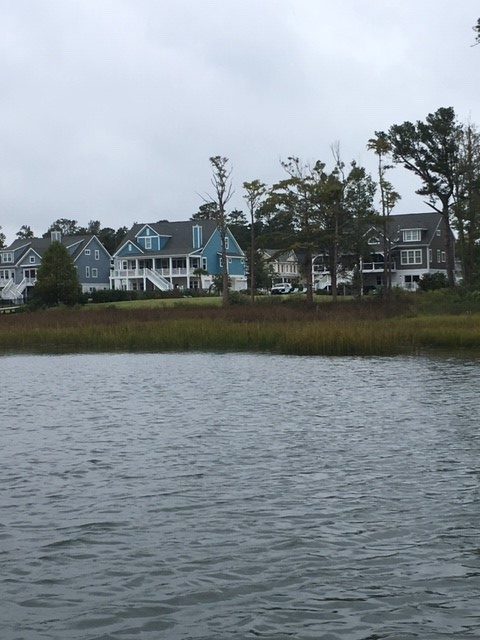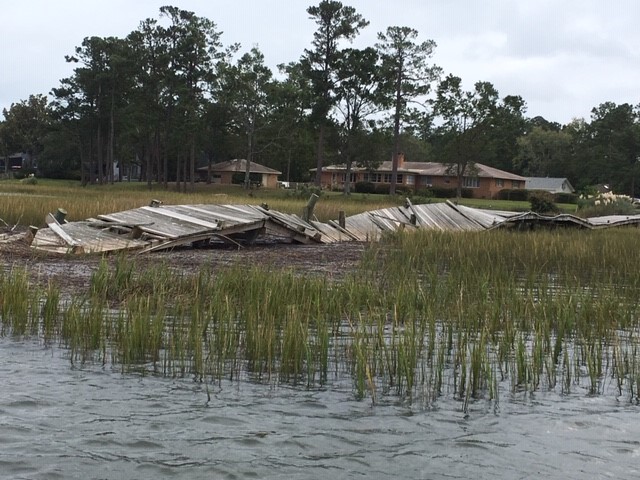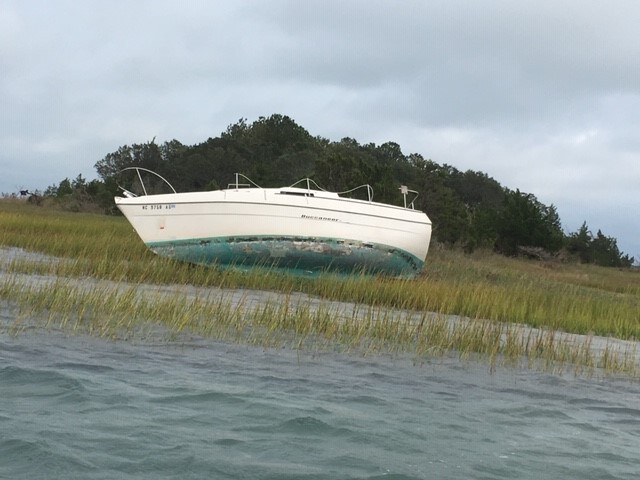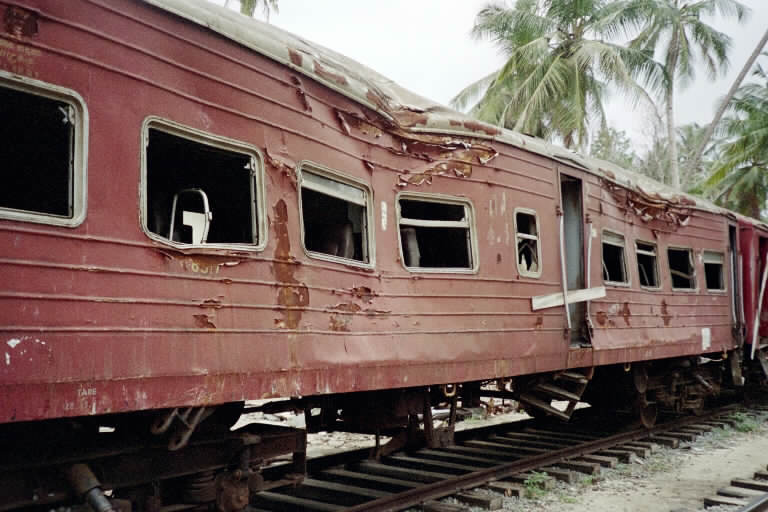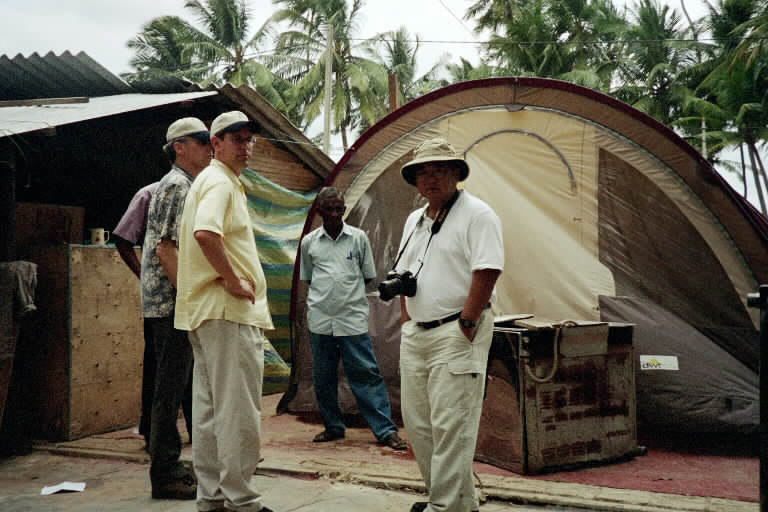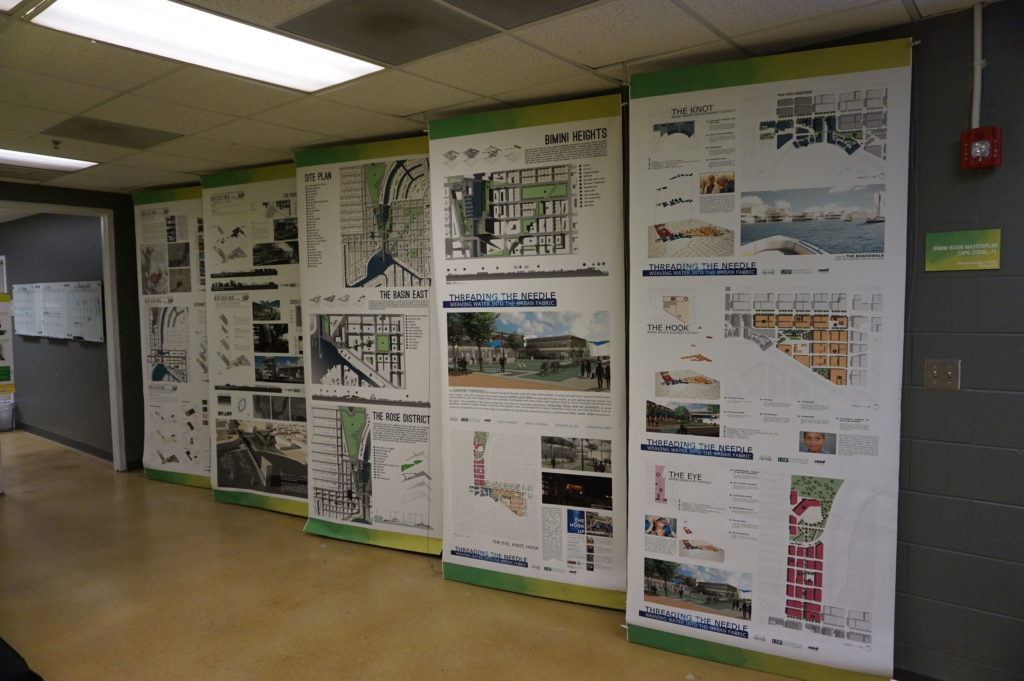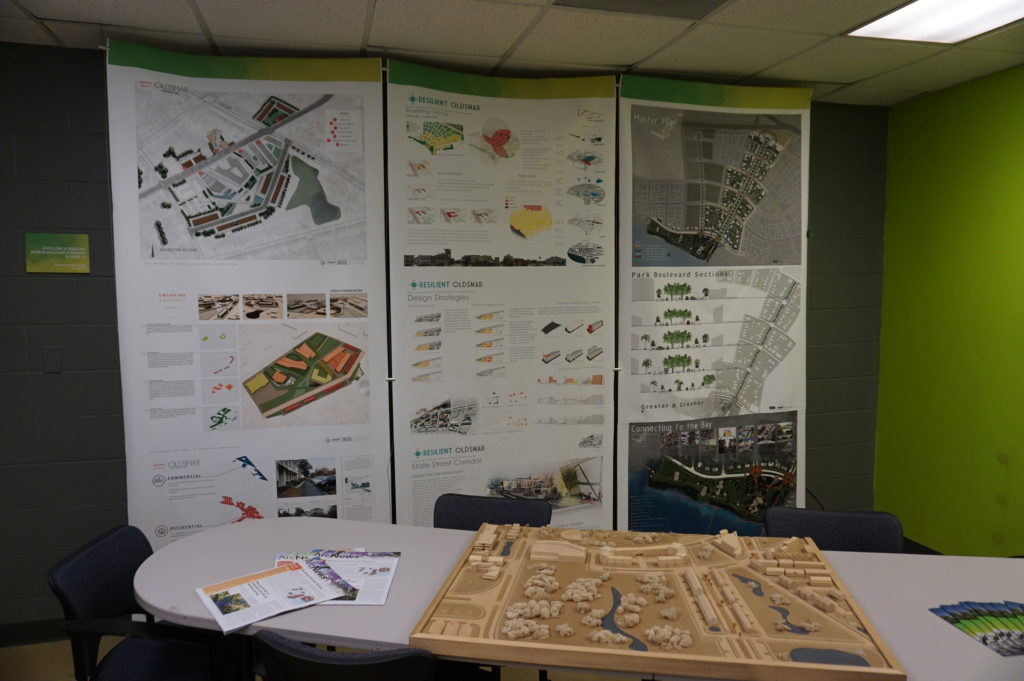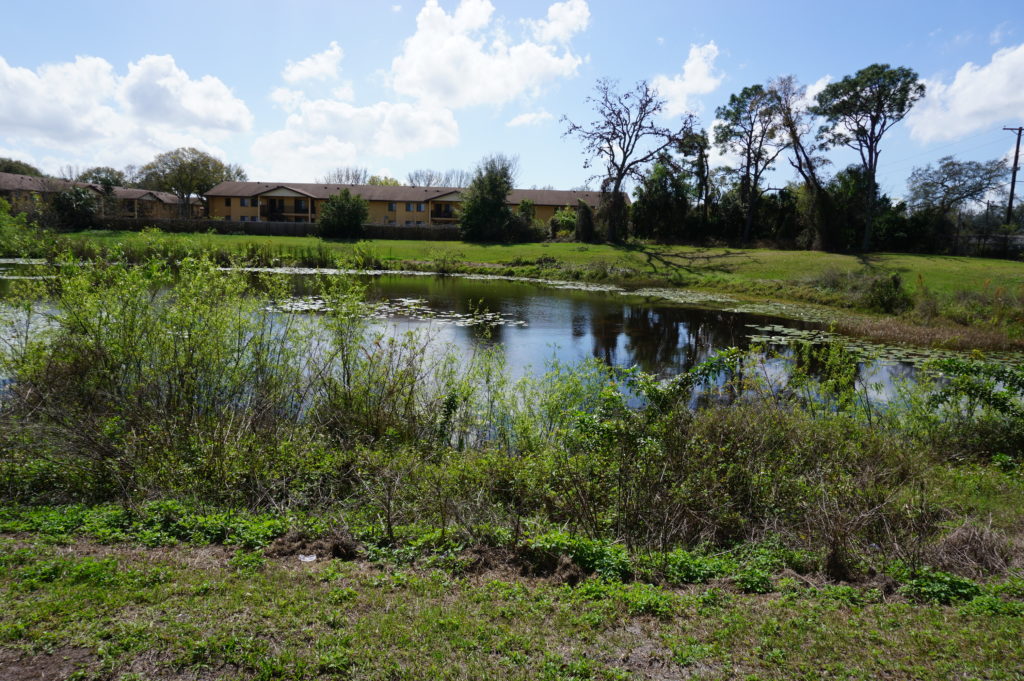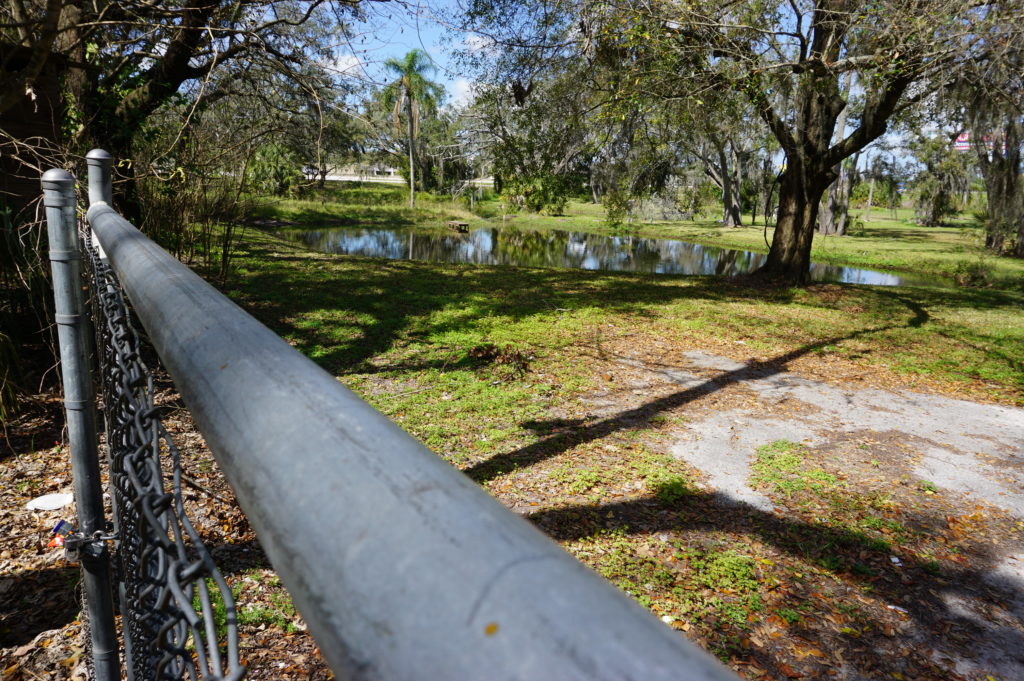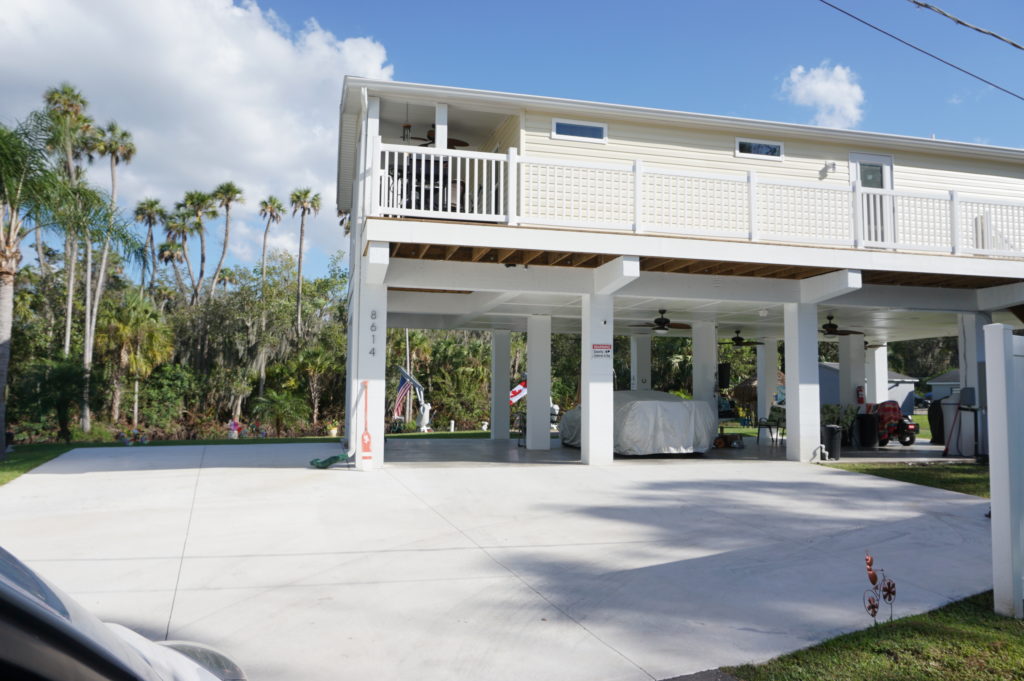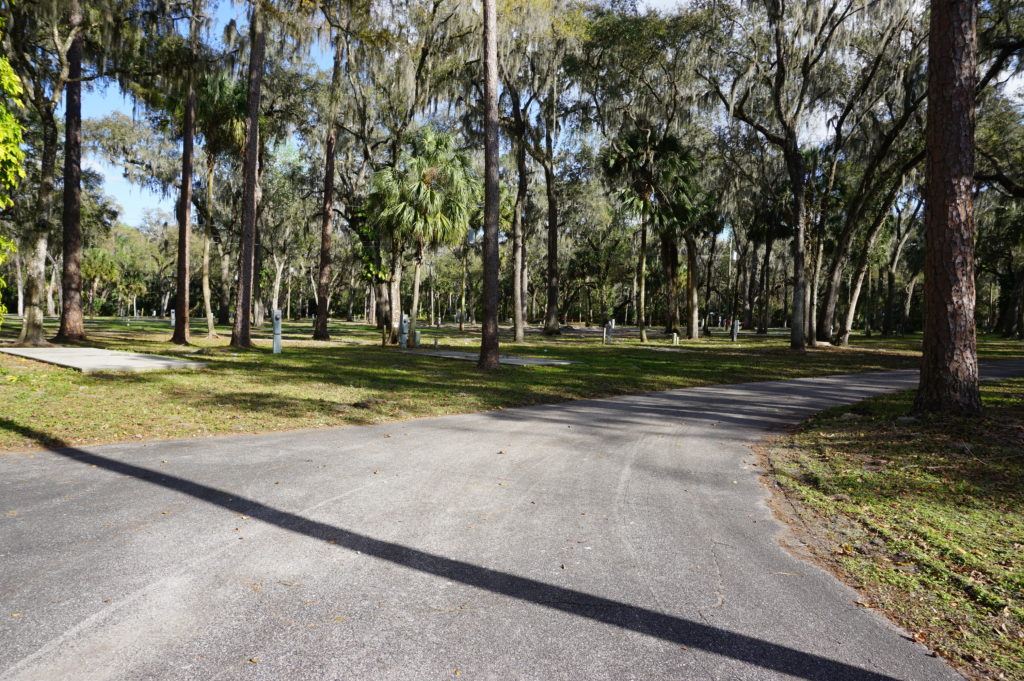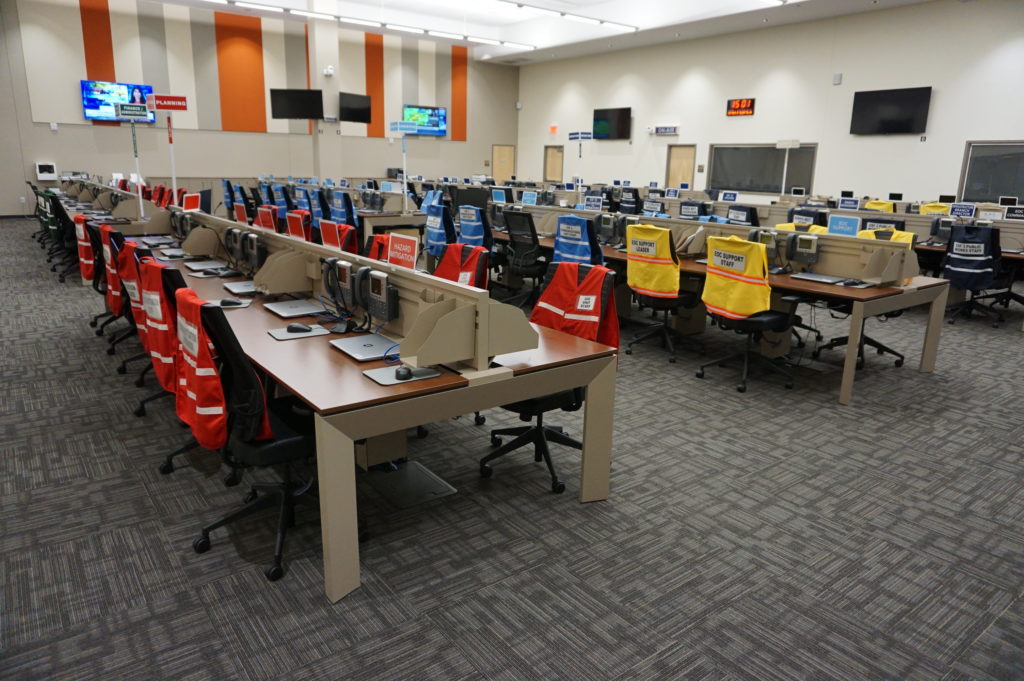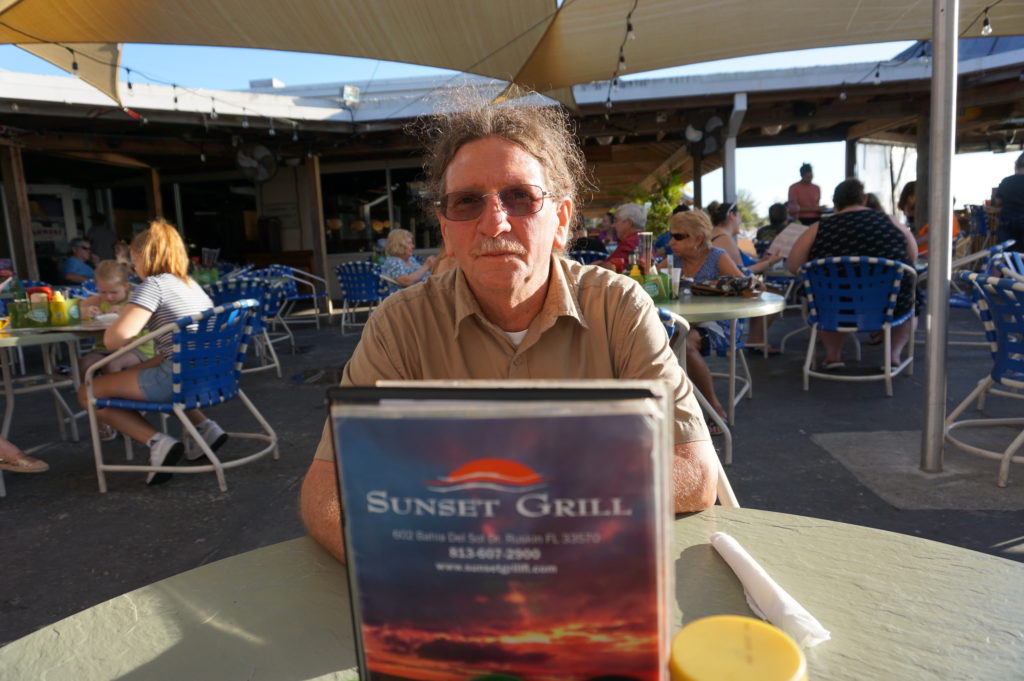Every day seems to bring shocking news. Restaurants and schools close, conventions are canceled, overseas travelers face unexpected obstacles in coming home. The United States of America, like much of the rest of the world, is facing a crisis unlike any in our lifetimes. While I understand many of the protocols because of a background in disaster recovery, my intellectual and professional focus has dealt with natural disasters, not pandemics, so I will not claim any special expertise. I’d rather listen to the medical experts who have studied the issue in depth.
But at 70, I can relate on a personal level to the concerns of older citizens who are most at risk in a way that I know I never could have done at a younger age. While I remain physically fit, I am also aware that maintaining that fitness requires real effort, sometimes more effort than it might for someone half my age. More importantly, I have become more aware that a fitness routine does not guarantee immunity or invulnerability to some of the impacts of aging. Consequently, while exercising, not smoking, and a sensible diet can afford me significant confidence about facing a challenge like the current novel coronavirus, or COVID-19, pandemic, it guarantees nothing. All the recommendations about avoiding unnecessary travel, social distancing, and sanitary precautions still matter greatly in improving the odds against illness.
Already, I confess, some of the simplest impacts of aging have slowed down my production of this blog or at times made it more irregular than I would like, and that is despite no longer working full-time. I do some consulting, some writing, and some teaching, in various proportions, and my days are full, although much of my time currently is also devoted to a volunteer job—serving since January 1 as chair of the American Planning Association’s Hazard Mitigation and Disaster Recovery Planning Division. That presently has me involved in trying to disentangle commitments for some of our events at APA’s pending National Planning Conference in Houston, scheduled for April 25-28, preceded by some leadership meetings I expected to attend. Tonight, the APA board of directors canceled the conference. Our division executive committee had decided to cancel our division reception in Houston, only to learn that the restaurant planned to close anyway. Life is like that these days. A colleague and I were scheduled, as part of our APA division’s outreach program to planning schools, to discuss hazards in planning at a university graduate class later this month, but that shifted to possibly remote to simply waiting for another school year as most colleges have adopted online learning for the remainder of the spring semester. As I said, life is like that these days.
But back to the subject of aging. One learns we simply cannot control everything, no matter how hard we try. As I detailed in a July 4 blog post last year, life for me had generally gone along well until I began to realize in late spring that my sight was becoming fuzzier and clouded. What began with a visit to an optometrist in April to see if my prescription for eyeglasses needed updating ended in late June with cataract surgery in both eyes, and considerable lost time due to an increasing inability to read a computer screen. That put me weeks behind in preparing a transition of the University of Iowa graduate class in urban planning I teach each fall to an online forum, and with other factors coming into play as the year went on, I never got completely ahead of the curve until the semester was over in December.
But at least cataract surgery, in most cases, is a one-and-done proposition. You get the implants, you have new vision with only reading glasses for assistance, and life goes on. But by late fall, I learned that another malady would force me into hemorrhoid surgery, which took place immediately after the holidays. With certain complications due to an enlarged prostate gland, it sidelined me for the first half of January until recovery was complete.
Now, it may well be at this point that I will not face further difficulties for some years to come. I certainly would be pleased if that became the case. These were the first surgeries of my entire adult life, but they stalled my activities to some extent, and they are a small glimpse of the sorts of things that make many other seniors feel far more vulnerable than I do. It is small wonder that many of them fall victim more easily to scourges like the coronavirus. The elderly and the physically challenged have predictably proven far more prone to the severest consequences of COVID-19, including death.
We also know, however, that many other Americans, and many citizens of other nations as well, will suffer serious economic dislocation as a result of the restrictions placed on economic and social activity in order to stem the upward slope of infections and death. While U.S. accounting is hampered by the lack of testing kits and public access to testing in key regions of the country, the alarm bells are ringing loudly. As I write this, the number of confirmed cases has quintupled in the past week to more than 5,000. We do not yet have any idea when we will reach the peak of this frightening mountain, and how high that peak will be. But we already know that the far smaller nation of Italy has, as of this moment on March 17, more than 31,000 cases that have resulted in more than 2,500 deaths, despite doing far more in an effort to contain the spread of the virus. It is not that we have a smaller problem, but only that we may have begun our steep ascent a few weeks later. Nearly every day, new nations report outbreaks. This is clearly not a “foreign” virus, but a global pandemic.
We have built-in problems in the American system, most notably the lack of universal health coverage as a result of endless political spats over creating a system that better protects the working poor. Many of the restaurant and factory workers who may face layoffs will lose whatever coverage they had, or may no longer be able to afford it, at the very time when they are facing an existential public health threat. This threatens all of us with the possibility that some workers, unknowingly carrying the virus, may feel compelled to work if they can or simply be unable to visit the doctors they need to see. Our myopic approaches to health care have set us up for massive vulnerabilities in this regard. We seem not yet to fully understand that we are no stronger as a nation than our weakest links. One result of this crisis, however, may be a profound rethinking of the role of the federal government in ensuring some form of universal health care availability. The consequences of making health care unaffordable to the poor have never been laid bare before for us in the way that the coronavirus may do. Disasters can force soul-searching under the right conditions. The question is how deeply we are prepared to think about the issue.
The other question we have never faced before is how we will emerge from this crisis. After weeks or months of social distancing and self-isolation, how will we decide the time is right to emerge from our mental caves and greet other again, and join large crowds again? And how will we feel when we do it, and how comfortable will it feel? My hunch is that the human race is highly adaptable, but that there will be no very clear demarcation point when it is okay to say that the war is over.
This particular disaster may end not with a bang, but a whimper, followed by some happy parties among the most extroverted but also the most fearless, perhaps the most reckless, among us. I like to count myself a “compulsive extrovert,” my invented self-description, but I also like to think I know when to exercise some social caution based on circumstances. This may be a disaster where people like me eventually start to poke our heads out of the foxholes we reluctantly entered, not out of fear of social interaction, but to be sure the landscape is no longer infected.
But when the day comes, it will surely be nice to join a big party where the beer flows and greetings are plentiful.
Jim Schwab

